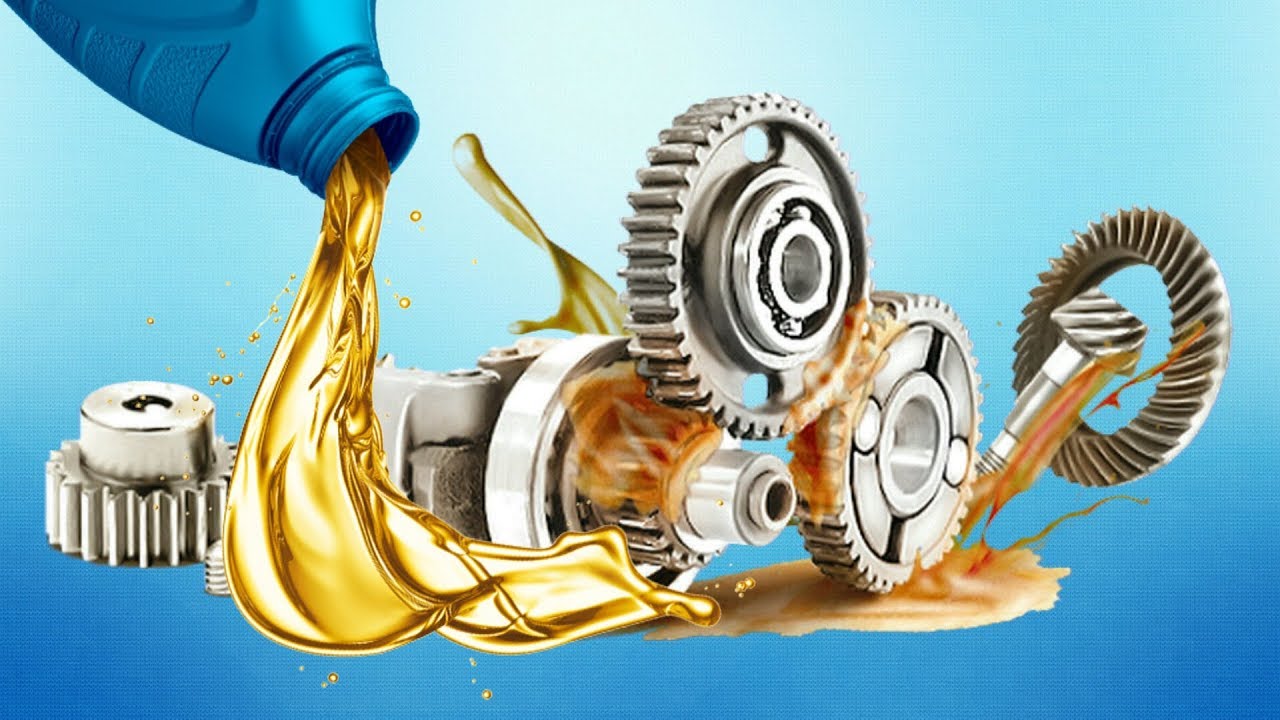In-mold labeling is a labeling technology that is taking the packaging industry by storm. As consumer preferences shift towards more sustainable packaging options, in-mold labels have emerged as a popular eco-friendly alternative to traditional pressure sensitive labels.
The main advantages of in-mold labels are that they become an integral part of the container and cannot fall off or be removed like self-adhesive labels. As the label is molded directly onto the container during production, it offers superior adhesion properties and eliminates the use of adhesives. Additionally, in-mold labels provide a continuous label coverage without folds, creases or edge lifting issues commonly seen with self-adhesive labels.
Sustainable Packaging Solution
With the rising demand for eco-friendly packaging, in-mold labels present a more sustainable labeling option compared to traditional pressure sensitive labels. As no adhesive is required, in-mold labels are more environmentally friendly. They generate less waste and use fewer natural resources in production compared to other labeling technologies.
In-mold labels also allow up to 100% recyclability as the label becomes an integral part of the plastic container. This improves the recyclability of the whole package. Additionally, in-mold labels eliminate the use of liner materials and release papers associated with self-adhesive labels which often get disposed as solid waste. Their mono-material structure makes them suitable for most recycling streams.
Growth in Key Markets
Beverage bottles were one of the earliest adopters of in-mold label technology. Major beverage companies have increasingly switched to in-mold labels for bottles owing to their superior performance attributes. The lightweight and shatter-resistant quality of plastic bottles also complements the use of in-mold labels.
The personal care and home care industry has also seen tremendous growth of in-mold labels for containers holding liquid products such as lotions, laundry detergents, and dish wash liquids. With no risk of label detachment due to moisture, in-mold labels are ideal for such applications.
Technical Advantages of In-mold Labels
Superior Adhesion Properties
As the label material chemically bonds with the plastic resin during molding, in-mold labels demonstrate unparalleled adhesion strength. This ensures the label will not peel off the container under extreme climatic conditions, rough handling or with the product contents.
Scratch and Damage Resistant
The integration of label material into the container wall makes in-mold labels highly resistant to scratches, dents, abrasions and other mechanical damages compared to pressure sensitive labels.
Customizable Design Options
Advances in in-mold labeling technology have enabled enhanced design capabilities including customized shapes, embedded images/logos, varying textures and colors to complement the brand. These options allow manufacturers to create visually appealing packaging solutions.
Fast Production Speeds
In-mold label application occurs in-line during the container molding process. This allows high production speeds of over 200 units/minute. Unlike pressure sensitive labels which require additional equipment for application, in-mold labeling increases manufacturing efficiencies.
Challenges and Future Outlook
While In-Mold Label offer clear advantages, there are a few challenges currently limiting their widespread adoption. The significant investment required for new molding tools and production line modifications acts as a deterrent for many brand owners and contract packagers.
Additionally, in-mold labels require specialized design knowledge to optimize label adhesion, thickness and overall performance. Concerns over recycling compatibility of specific resin-label combinations also need to be addressed. Technology providers are continuously enhancing label materials and production capabilities to overcome these challenges.
As consumer awareness on environmental issues grow, branding and marketing through packaging will focus more on sustainability. With their eco attributes and superior performance, in-mold labels are well positioned for future growth. Major brands are increasingly adopting this technology for new product launches which will further drive the market. Additionally, regulatory pushes towards sustainable packaging will accelerate the transition from traditional pressure sensitive labels to in-mold labels. If production challenges are overcome, in-mold labels have the potential to dominate the global packaging labels market in the coming decade.
*Note:
1. Source: Coherent Market Insights, Public sources, Desk research
2. We have leveraged AI tools to mine information and compile it




